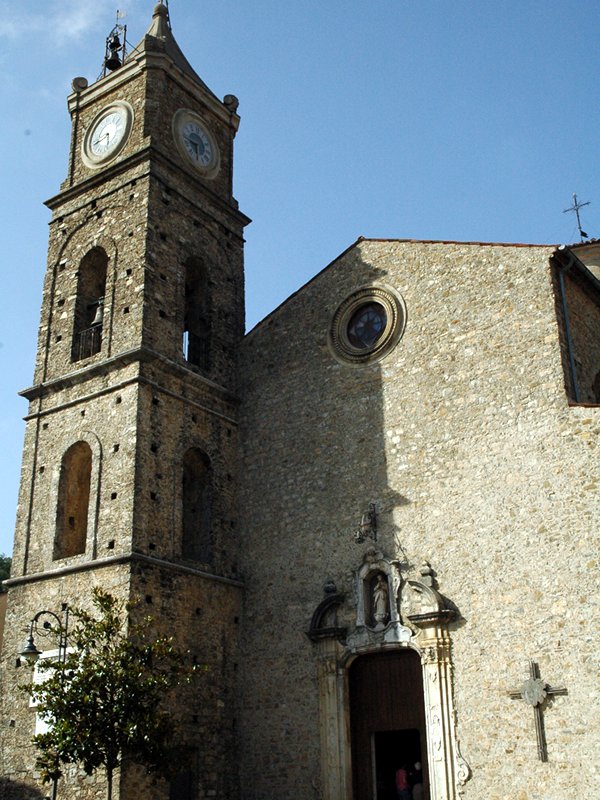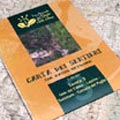Parco Nazionale del Cilento, Vallo di Diano e Alburni
www.cilentoediano.itThe Valley of the Mills
A Route between History and Nature
- Trail Conditions: On foot
- Interest: Flora, Wildlife, Archeology, Hystory
- Departure: Stio (253m)
- Arrival: Valle dei Mulini (675m)
- Duration: 2 hour/s
- Difficulty Level: E - Hiking (level)
- Length: 2 km
- Difference in height: 422m
- Recommended Period: from March to November
The village of Stio Cilento is situated at about 675m asl, at the foot of a hill enriched by the green of the chestnut tree woodlands, between river Alento and Calore in a plateau of mountains and valleys very rich in woodlands. The ancient presence of man in this territory is witnessed by the discovery of prehistoric archaeological finds of the Upper Neolithic Age in loc. "Chiusa della Mammolessa" dating back to 6,500 years ago, when in Italy agriculture started to gain ground and, more recently, to the discovery of finds of the Lucanian period dating back to the 3rd - 4th century BC in loc. "Casalicchio".
The vegetation is very rich and varied: in particular, the high-trunk Turkey oak trees form a compact forest covering the whole valley of torrent Gaudo, also known as the Valley of the Mills for the presence of ancient watermills. Also the wildlife is very interesting: the area is populated by the wolf, the wild boar, the deer, the roe deer, and several diurnal and nocturnal birds of prey along the river Calore running along most of the territory of this Municipality.
There is also the otter, with one of the largest populations in Italy. The town was founded by Italian-Greek monks and, afterwards, was inhabited by Benedictine monks. The group of houses is dominated by San Pietro e Paolo church built in the 17th century. The itinerary leaves from its wonderful façade. It is a route between history and nature, at the discovery of man and human activities and, why not, also of taste, given the excellent production and quantity of local honey and other products obtained by bees, as well as delicious mountain legumes like the so-called "Regina" beans.











